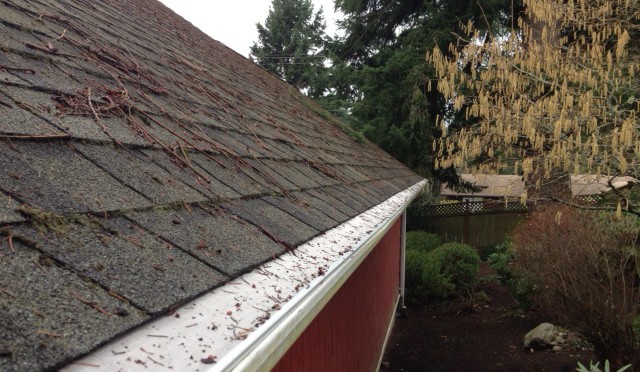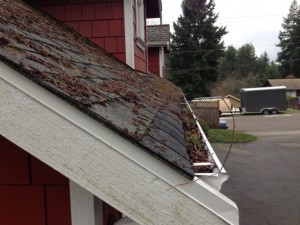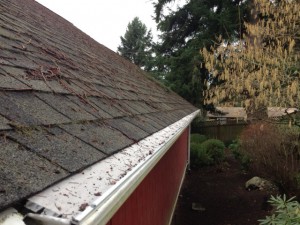 According to a recent article by ARCSA.org about the recent spill affecting West Virginia’s municipal water supply, the chemical in the West Virginia water spill—4-methylcyclohexane methanol (MCHM)—is among a long list of chemicals that include perchlorate (rocket fuel), MTBE (an automobile fuel additive), ethylene glycol (anti-freeze), MEK (solvent) and formaldehyde, for which there are no EPA drinking-water limits. That’s right, as unbelievable as it sounds, any amount can be in your drinking water without exceeding the EPA Drinking Water standards.
According to a recent article by ARCSA.org about the recent spill affecting West Virginia’s municipal water supply, the chemical in the West Virginia water spill—4-methylcyclohexane methanol (MCHM)—is among a long list of chemicals that include perchlorate (rocket fuel), MTBE (an automobile fuel additive), ethylene glycol (anti-freeze), MEK (solvent) and formaldehyde, for which there are no EPA drinking-water limits. That’s right, as unbelievable as it sounds, any amount can be in your drinking water without exceeding the EPA Drinking Water standards.
What can you do to protect your home water supply? Rainwater harvesting now integrates modern designs, techniques and materials to collect, store, and use rainwater for home and commercial use.
“With increased pollutants in our municipal water system and our environment, there are alternatives that can be incorporated into our daily lives”, according to Ken Blair, President of RainBank, an ARCSA (American Rainwater Catchment Systems Association) lifetime member and an Accredited Professional. Ken participates in ongoing education on water quality and techniques for rainwater collection and has been designing and installing commercial and residential rainwater systems for more than 10 years, having installed more than 100 potable rainwater harvesting systems throughout Washington state. Ken strives to be the best in the industry, bringing new and improved techniques to his designs.
RainBank Rainwater Catchment Systems has developed a process that incorporates whole house deionization, specifically for residential usage in the Seattle area. Asphalt shingle roofs are predominant in the Seattle area, leaving most residences unable to collect rainwater for potable usage. However, with whole house deionization added to filtration and disinfection systems, virtually all contaminants can be removed, achieving ultra-pure water of laboratory quality. Deionization, along with filtration and UV disinfection can be included in the treatment of not only your rainwater harvesting system but also your city water.
“Contaminated Beach” courtesy of think4photop / www.freedigitalphotos.net




